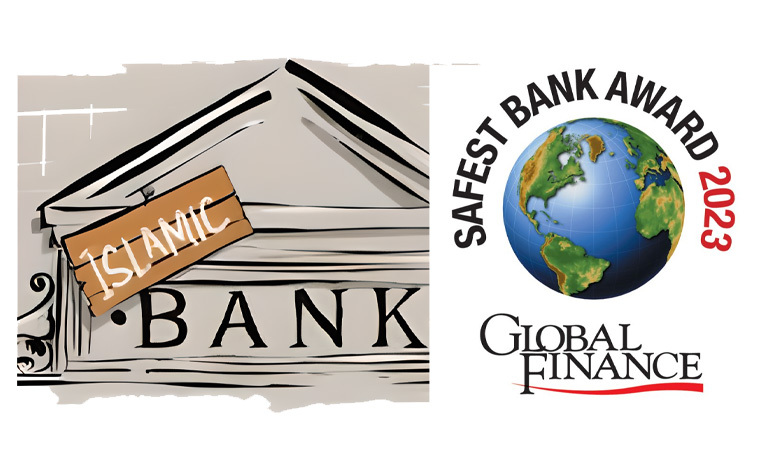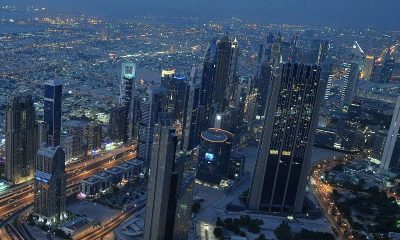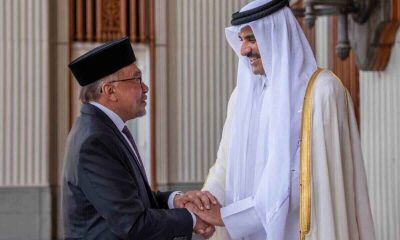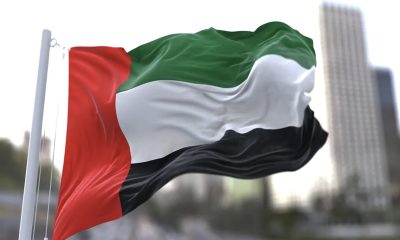In the region, Islamic banking is experiencing growth due to increased oil revenue, aggressive development initiatives, and the growing popularity of Shariah compliance.
Around the world, both Islamic and conventional lenders saw a post-Covid-19 boost in 2021. However, in 2022, their paths split very differently. As a whole, the global banking sector’s total assets and profits went down. However, the lenders in The Banker’s Top Islamic Financial Institutions 2023 saw their sharia-compliant assets grow by more than 10%, and their profits also went up.
The difference in growth between Islamic and conventional assets is mostly due to the strong US dollar compared to most other currencies in 2022. Banks in the Gulf Co-operation Council (GCC) heartland of Islamic finance were able to avoid this issue because their currencies were pegged to the dollar, which kept growth high in dollar terms.
Even though the growth of Islamic banking outside of the GCC is slower, it is still higher than the growth of conventional finance. This shows that sharia finance is still popular in the Asia-Pacific markets, which are growing quickly.
The Banker Database shows that the total value of sharia-compliant assets around the world (excluding Iran) rose by 12.8% to $1.6tn in 2022, with 57% of that value held by Islamic finance institutions that work on their own. The growth rate is much higher than the growth rate for the banking sector as a whole, which was 1.7% less assets in dollars in 2022. Even though GCC players still have the most market share, the rest of the sector is doing very well. For the year, non-GCC lenders have seen growth of 3.5%.
S&P Global Ratings thinks that double-digit growth will continue for the next two years. However, the company also thinks that structural weaknesses in the sector, especially the lack of common standards, will make it hard for Islamic finance to grow in places other than its core markets in the GCC and Asia-Pacific. As S&P says, sukuk issuing outside of core markets is “limited to countries in need to open all available financing options.” However, sustainability-linked sukuk could be a growth area while core Islamic finance countries try to cut their carbon footprint and support the global energy transition.
Top Islamic financial institutions 2023
| RANK | INSTITUTION | COUNTRY |
| 1 | AI Rajhi Bank | Saudi Arabia |
| 2 | Saudi National Bank | Saudi Arabia |
| 3 | Kuwait Finance House | Kuwait |
| 4 | Dubai Islamic Bank | UAE |
| 5 | Maybank | Malaysia |
| 6 | Saudi British Bank (SABB) | Saudi Arabia |
| 7 | Alinma Bank | Saudi Arabia |
| 8 | Qatar Islamic Bank (QIB) | Qatar |
| 9 | Masraf AI Rayan | Qatar |
| 10 | Abu Dhabi Islamic Bank | UAE |
According to this year’s ranking, Saudi Arabia continues to lead the Islamic banking sector globally and in the Middle East. 40% of the global Sharia-compliant banking assets are managed by the nation’s banks, nine of which are among the top 20 this year.
After Russia invaded Ukraine in 2022, oil prices spiked, making the country’s banking sector one of the main beneficiaries of an unexpected windfall. The country’s economy grew at the fastest rate during the G20 that year.
Read More: Dubai Airshow Gears Up for Airlines’ New Plane Frenzy






















